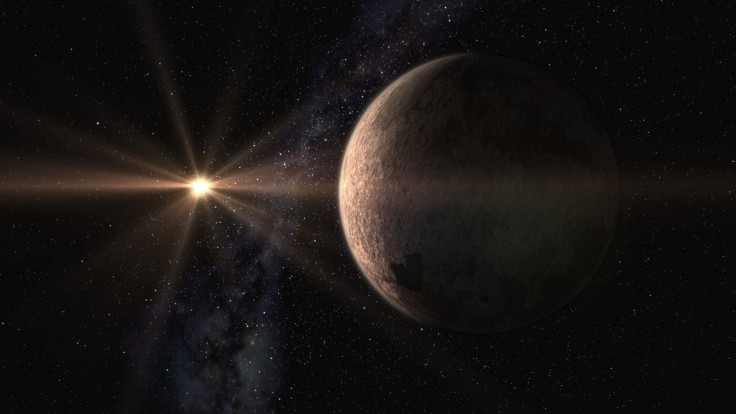Nasa's Kepler telescope discovers three 'Super-Earths' orbiting cool dwarf star
The Kepler telescope has so far identified more than 2,300 confirmed exoplanets since 2009.

Scientists have discovered three new "super-Earth" planets orbiting the cool dwarf star LP415-17, a mere 267 light-years from Earth.
A super-Earth is an exoplanet with a mass higher than Earth's but well below that of the solar system's ice giants, Uranus and Neptune – which contain 15 and 17 Earth masses respectively.
The alien worlds were detected using Nasa's Kepler Space telescope, which has so far identified more than 2,300 confirmed exoplanets since beginning operations in 2009, transforming our understanding of the cosmos in the process.
Researchers from the University of Oviedo in Spain have published their findings in the pre-print website arXiv.org.
To make the discovery, the team observed LP415-17 between March and May 2017. The star has around half the radius of our Sun and is 35 times less massive. Its effective temperature is 4,258 K, which classifies it as a cool dwarf – stars with relatively small size and low luminosity.
Scientists detected distortions in the light coming from the star that enabled them to identify the super-Earths using data from both Kepler and the Kitt Peak National Observatory in Arizona.
At present, little is known about the three new planets, but LP415-17 b is the smallest of the trio and orbits closest to the star at just 0.056 the Earth-Sun distance. It is around 5 times as massive as our planet. LP415-17 c, on the other hand, is the largest in the system, with a mass 6.5 times that of the Earth's and a radius nearly three times as wide.
Despite the fact the planets are defined as super-Earths, the term doesn't imply anything about their surface conditions or habitability.
The researchers say that, with further study, these new planets could help to advance our understanding of the formation and evolution of super-Earth systems.





















